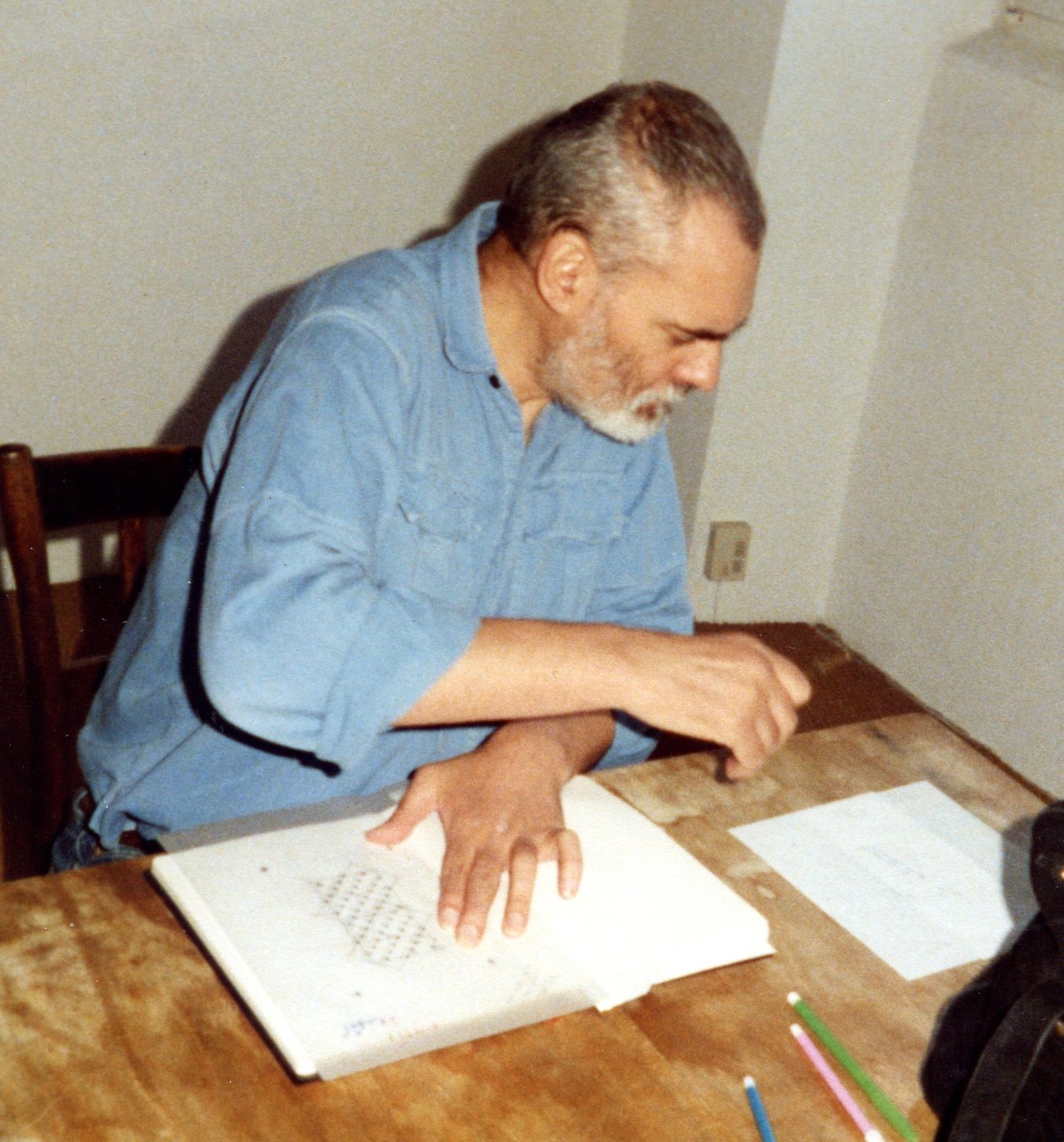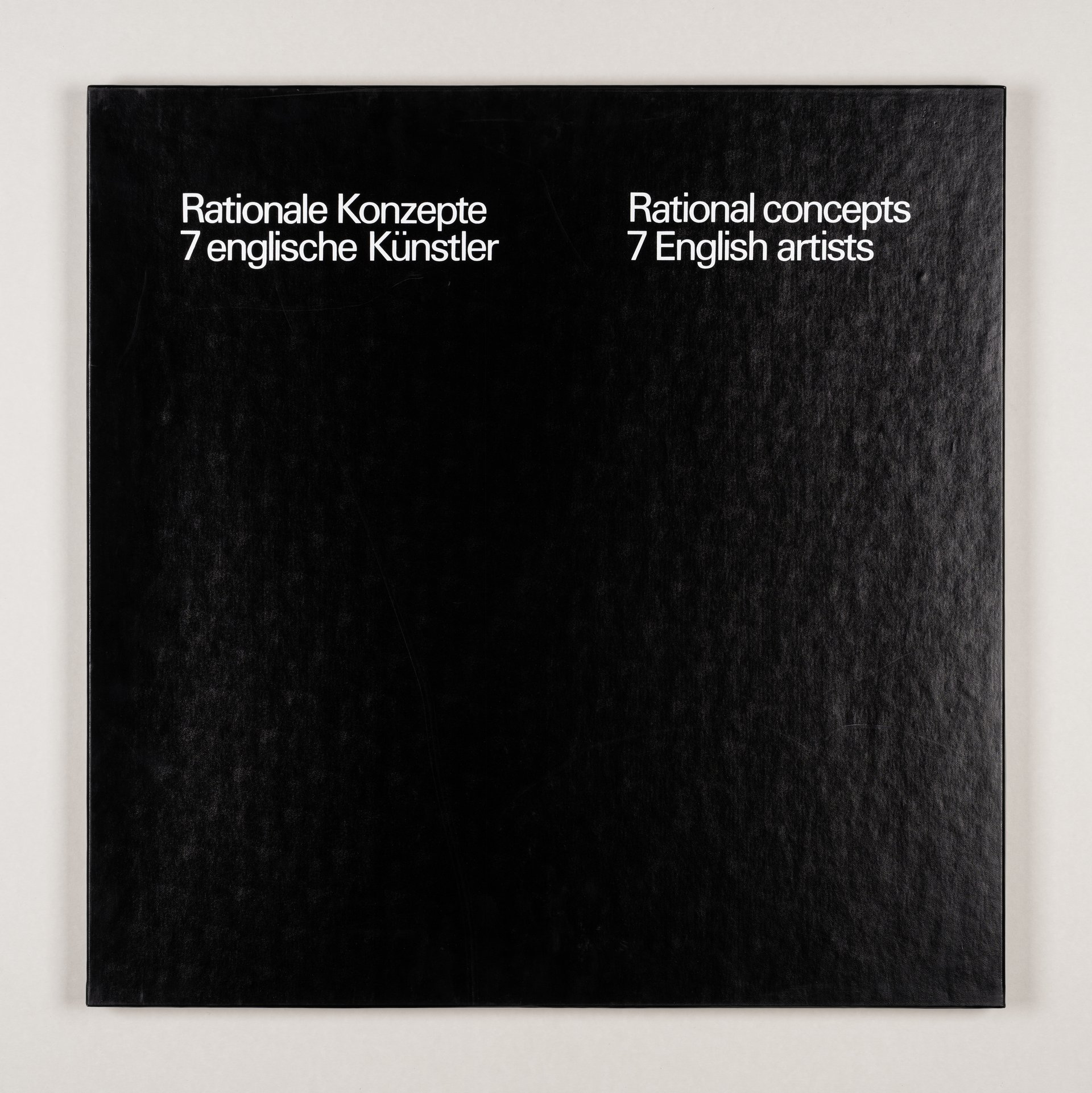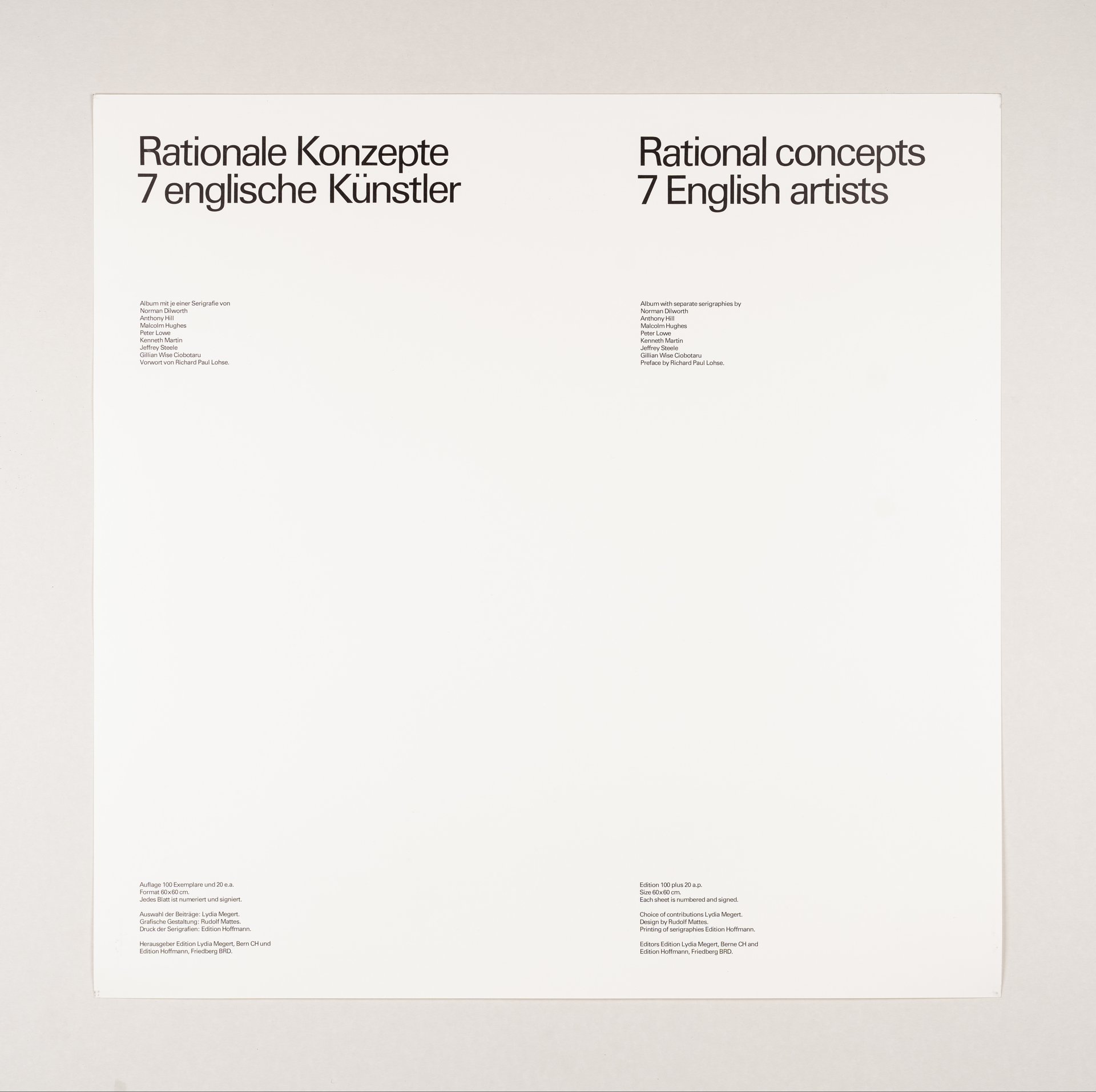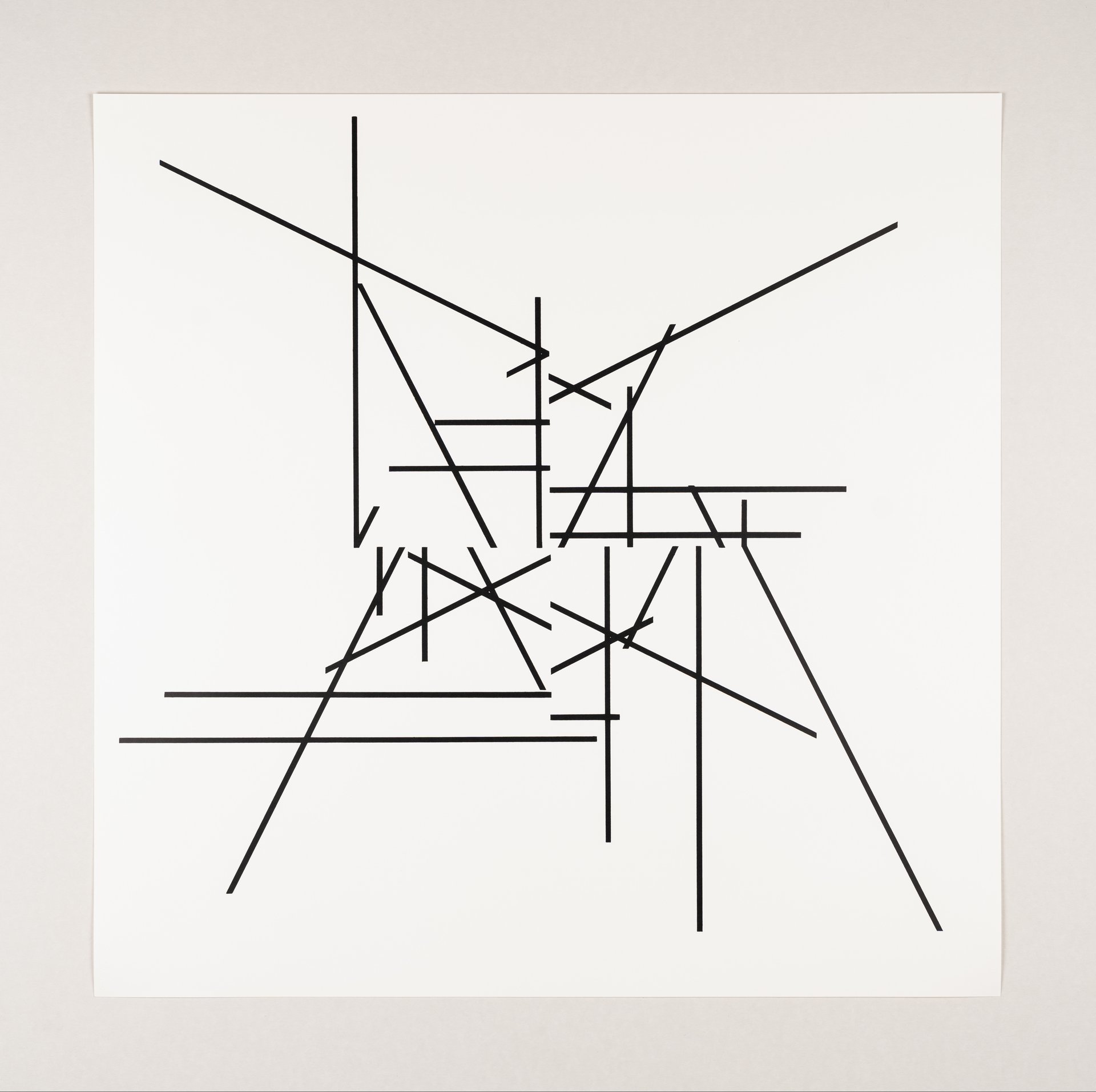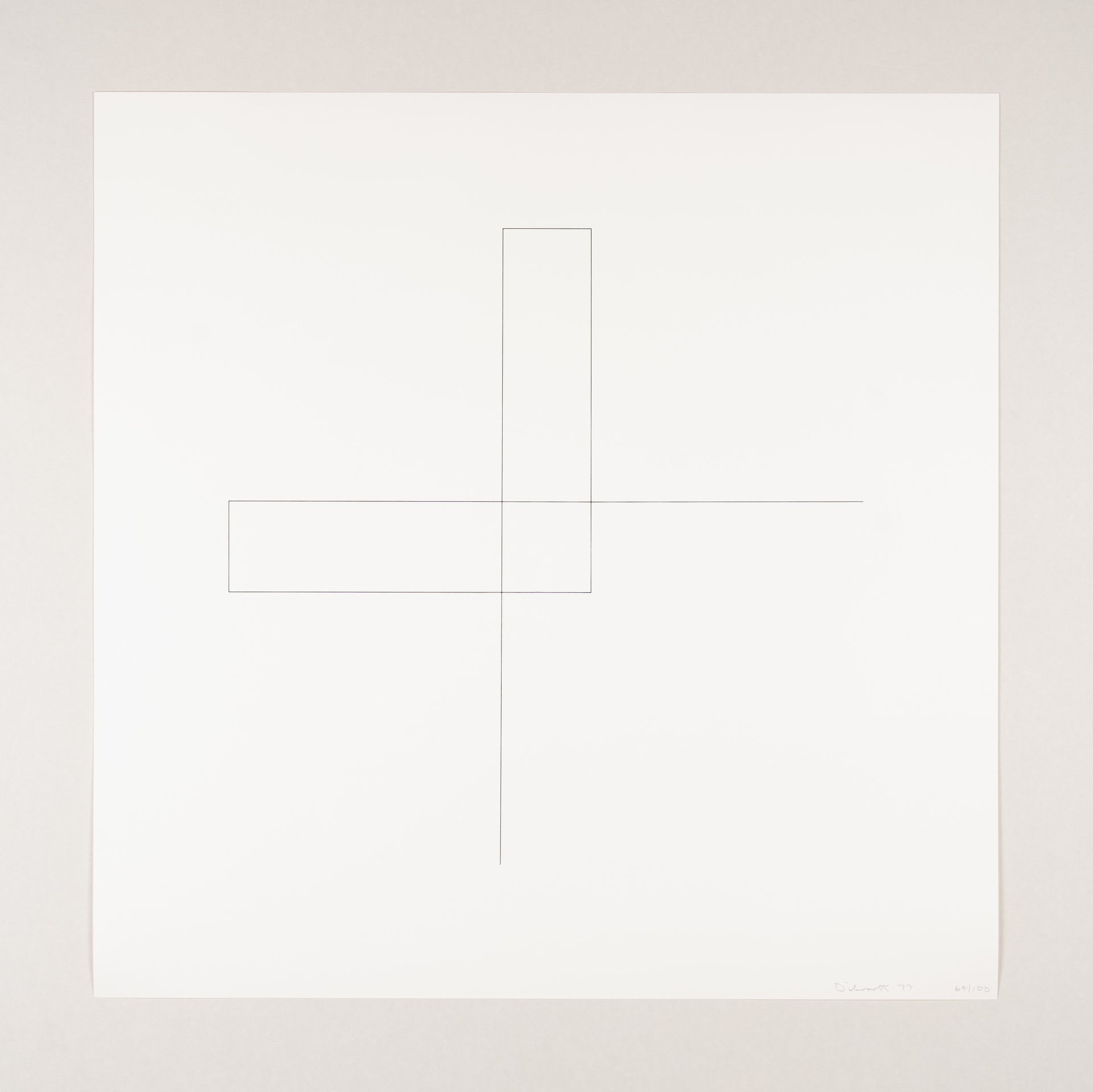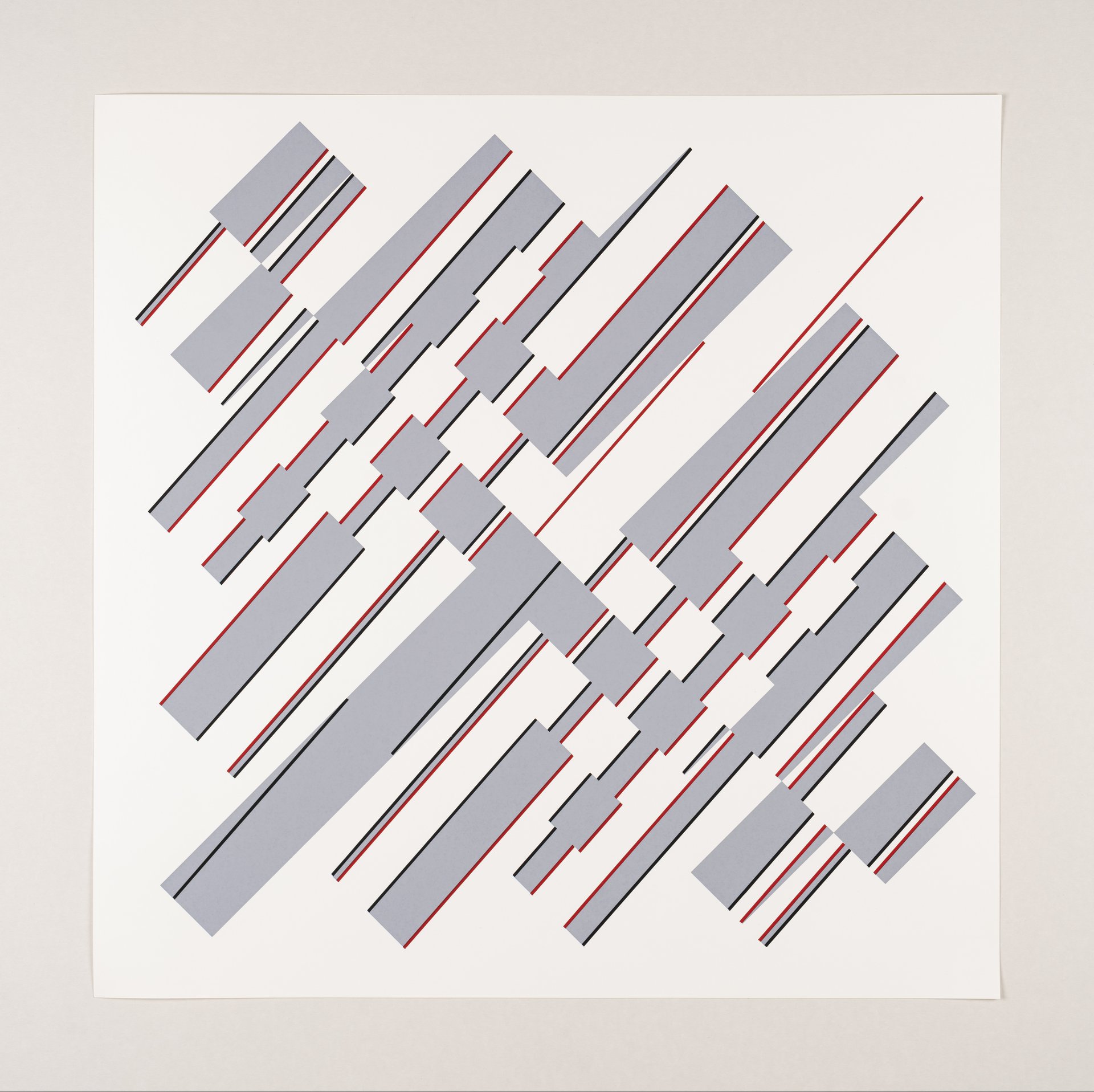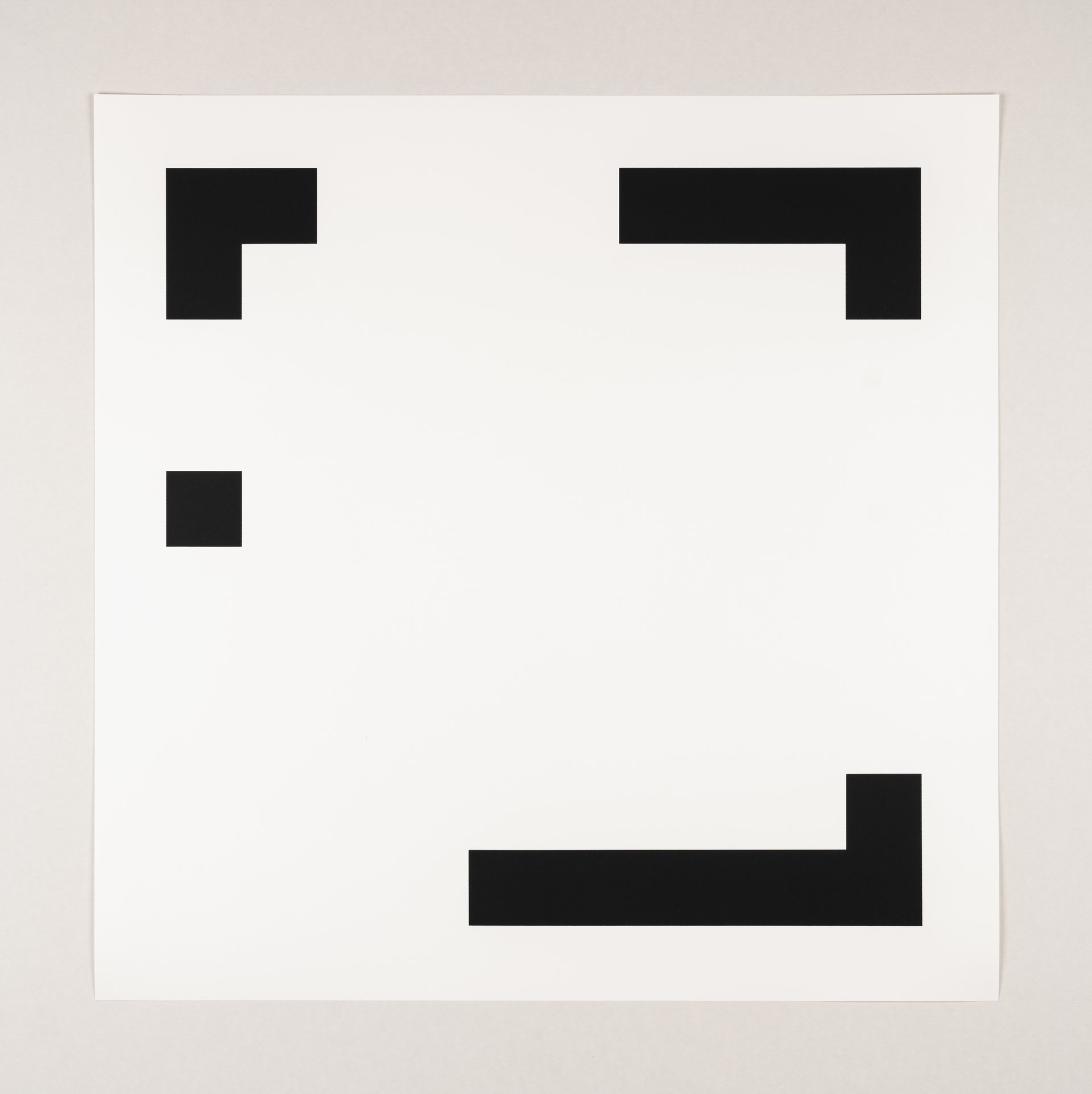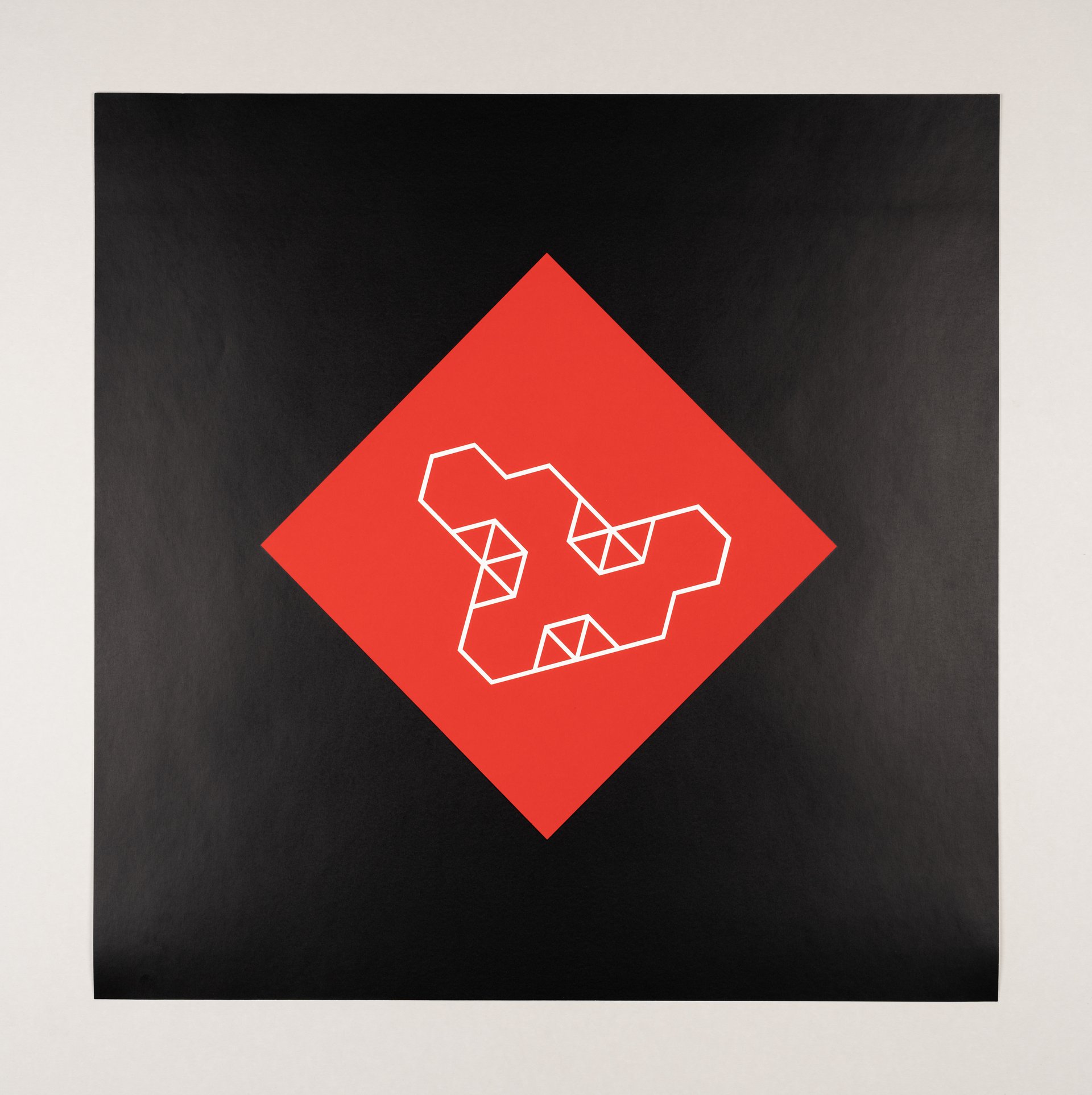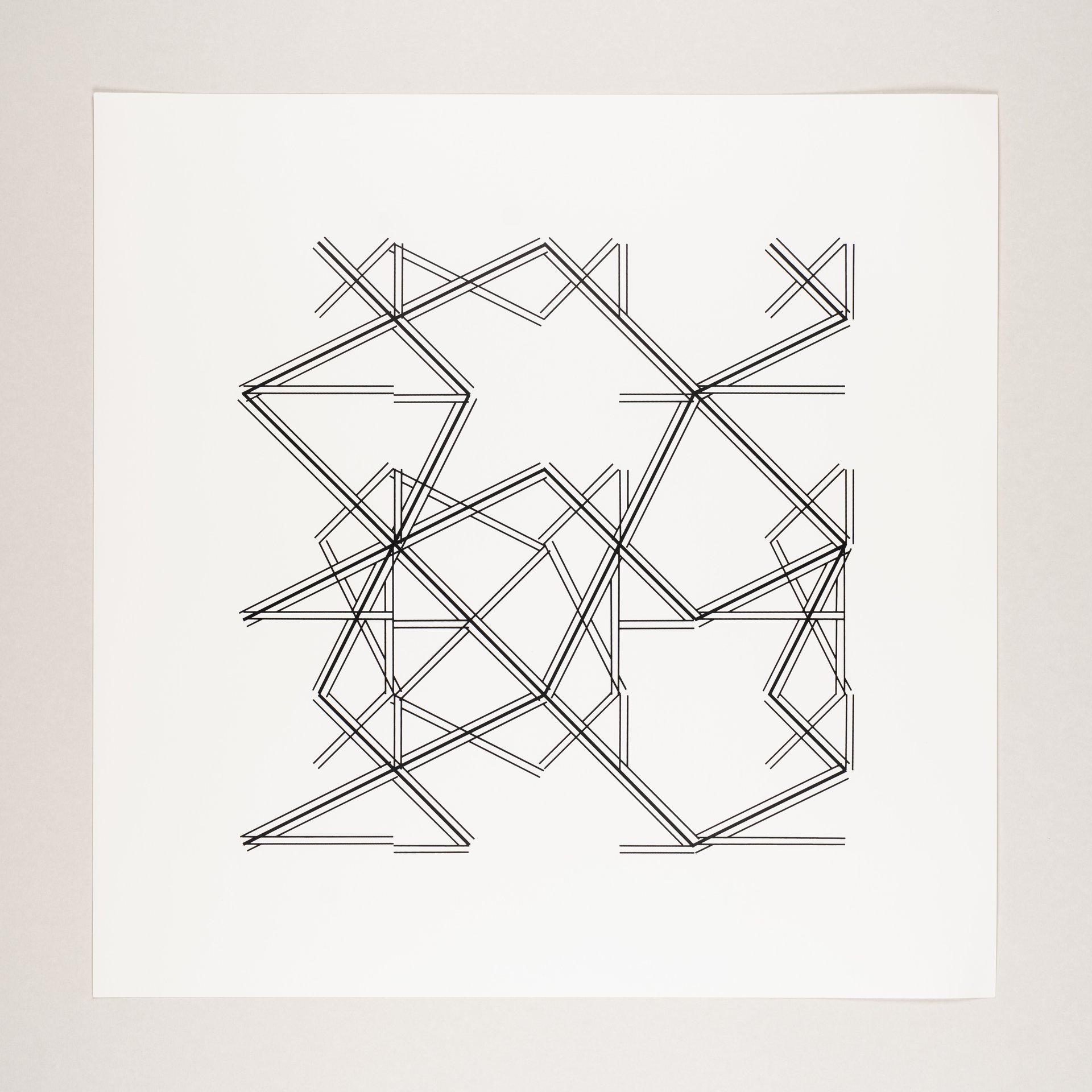the development of constructive or rational art in england and on the continent has been determined by two different sets of factors. while in europe the evolution was dominated by the latent presence of dutch and russian constructivism, england could not benefit from these movements to the same extent. although the example of mondrian seems geographically near its parallels and its effects remained sparse. hepworth, moss, nicholson initiated a new tendency in english art. although moholy emigrated to london in 1935, gabo lived there from 1935 to 1942, as did mondrian from 1938 until his departure for the usa, and herbert read functioned as an important propagandist, the results were individual and without foundation. it was not until long after the war that a solid basis for the constructive movement began to form itself.
the english version of constructive art is characterized by a pronounced projective consciousness. it differs from the rigorous planar tectonics of continental constructive art in that the visual syntax is here often determined by its double planar-spatial aspect, almost as in a mathematical diagram. this is offset by the recurrent tendency to control the realization of a creative concept by means of numerical systems whose formal progressions can be experientially confirmed. it is remarkable that none of the artists in the english group has followed up experiments concerned with the identification of the elements from which a figure is constructed with the format of the constructed figure itself. their mode of construction is typified rather by the combination of prefabricated modules according to a projective system. one is also frequently surprised by the dominance of line as the agent which motivates their rhythmical angulations and refractions. another revealing characteristic is their thinking in terms of elements of volume as a collective theme. this is equally significant with regard to the exemplary and to the didactic intentions of this work.
the differing trends and emphases within the group are unified by a common aim, which is to use the various objectifying devices and techniques that belong exclusively to the present historical period in order to arrive at an integrated expression, a necessary art form commensurate with a human form of society.
richard paul lohse, 1977. translation from the original german by jeffrey steele.
malcolm hughes
the conceptual systems with which i work are either banal or trivial. they are no more, (or less) conceptually original than morandi’s still life objects (or cezanne’s cherished motif “sainte victoire”) are perceptually original. [...] the generative idea underlying the present drawing is concerned with a set of simple operations upon the position and unit length of prime numbers within the natural number sequence 1-20.
norman dilworth
if i say “i draw a line” i use subject-verb-object. these three parts make the sentence. in the english language the formal structure is important in the total expression–beginning with the subject, or subjective self, through to the verb, or action of doing, to the object or realization. the parts combine to form a clear statement. using the sentence as an analogy for the work of art, the best works have all these parts in equilibrium. [...]
jeffrey steele
"sg v 2" is one of a series of works in which i have tried to reduce subjective, contingent and random factors to a minimum. a work in this series consists of a set of elements whose relations are governed by syntactic transformations. at each transformation a possibility is realized and given an identifying number.
gillian wise
based on one specific structure, this print is the fifth work to be made in the series. the original maquette was made in 1968 and reproduced in data: directions in art theory and aesthetics.
peter lowe
an eight by eight unit grid is removed from the inside of a ten by ten unit grid. the remaining square path is subdivided into 1, 2, 3, 4, 5, 6, 7, 8 groups of squares and every other group is painted black.
anthony hill
mega toy: in 1972 i made a miniature for distel’s “museum of drawers” a small piece of laminated plastic with engraved lines. the serigraph uses the same configuration. like a print from an engraved plate, in the physical sense, it is this time wholly two dimensional. the configuration plays on hexorientation: the silhouettes of cubes and fragments of cubes appear and disappear in different ways.
kenneth martin
during the past eight years i have worked on drawings and paintings in which chance has played a role. the taking of numbers by lot presents one with a non-designed motif which is a time sequence of events. chance is not developable, order is. one can limit chance and organise the results, in space and in expression, by pure means.
